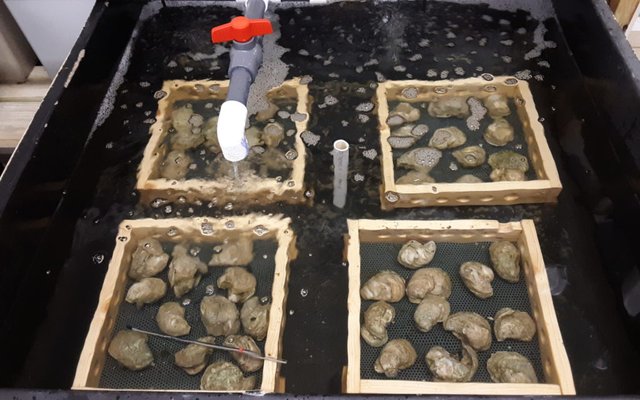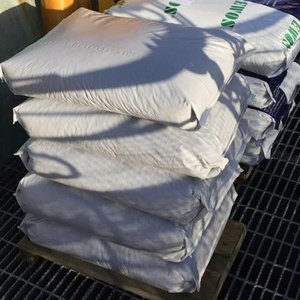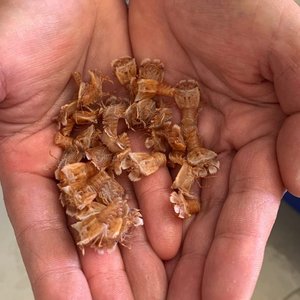Oyster aquaculture is a $200 million-plus industry in the U.S., but Texas was the last coastal state in the nation to allow commercial oyster aquaculture. It was the passage of two bills by the state legislature last year that made commercial oyster aquaculture a real possibility for Texas. The bills became law in September 2019.
“Bringing sustainable commercial aquaculture to the Texas Gulf Coast will provide jobs and new economic opportunities for many coastal communities in the state,” said Juan Landivar, director of the Texas A&M AgriLife Research and Extension Center in Corpus Christi. “We have an opportunity to claim our portion of the commercial oyster industry by developing a quality product that is unique and distinctive from that produced in other Gulf states.”
Among the factors making oyster farming in the Texas Gulf a possibility is the work of Hugo Magaña, associate research scientist with the Texas A&M AgriLife Research Mariculture Laboratory. Magaña has been able to create the conditions under which oysters can successfully spawn in a laboratory setting. The lab will produce oyster seed for commercial growers and work on oyster genetics, including developing oyster lines that are well-suited to the unique environmental conditions along the Texas coast.
“We’re currently developing the capacity to spawn and grow oysters in a hatchery setting at our mariculture laboratory facility in Flour Bluff,” said Chris Hollenbeck, AgriLife Research lead scientist at the Flour Bluff laboratory facility. “We’re also starting to lay the groundwork for a selective breeding program, which will allow us to produce oysters with superior traits for the industry.”
A Chancellor’s Research Initiative grant through The Texas A&M University System is helping provide funding for Magaña, Hollenbeck and others to develop this breeding program. The program’s objective will be to improve not only biological traits such as salinity tolerance and disease resistance but also address how to breed oysters with certain sensory and/or nutritional qualities that will appeal to the consumer.
Moving the industry forward
As Texas does not yet have a commercial hatchery for the production of juvenile or seed oysters for aquaculture, the research being done at the mariculture lab and through an AgriLife Research partnership with HRI in the Oyster Resource and Recovery Center will be vital to developing and sustaining the industry. Some goals of the resource and recovery center include providing larvae and spat for commercial oyster farmers along the Texas coast.
The center will produce organisms for local aquaculture and restoration efforts and provide a source of replacement oysters for those affected by catastrophic events. It will also be involved in educating producers about environmentally sustainable production and harvesting methods.
The goal is to create a sustainable commercial aquaculture industry, which can develop seed oysters in hatcheries, grow them in a reliable, protected environment and then harvest when ready — all while maintaining the integrity of the coastal environment.
Building a better oyster
Texas has until 2027 to develop its own line of tetraploid oysters for the creation of the type of triploid oysters commonly used in other states. Triploids are ideal for commercial production, and the development of viable tetraploid oysters is the key to this process. The development of these oysters would likely be a major joint research effort between PMAR/HRI and AgriLife Research. The Texas aquaculture industry is currently focusing its efforts on producing and breeding oysters from native breeding stock in the waters of the Texas Gulf Coast for the premium or ‘boutique’ half-shell market.













